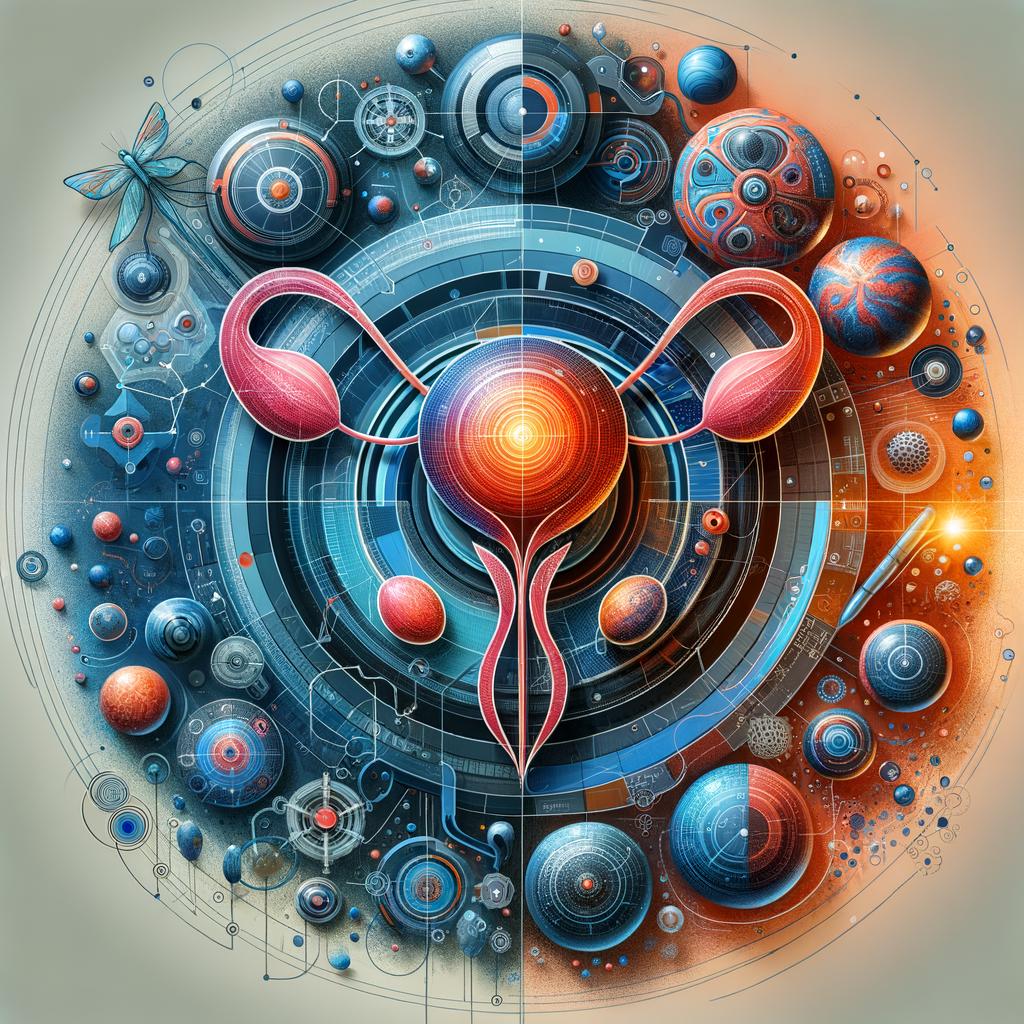
What is the primary cause of BPH?
The actual cause of prostate enlargement is unknown. Factors linked to aging and changes in the cells of the testicles may have a role in the growth of the gland, as well as testosterone levels. Men who have had their testicles removed at a young age (for example, as a result of testicular cancer) do not develop BPH.
A Proactive Primer on BPH Prostate
So, the question circulating the stratosphere of search inquiries is, “what is BPH Prostate?” BPH or Benign Prostatic Hyperplasia, in layman’s terms, is a non-cancerous enlargement of the prostate gland. While it might sound a trifle intimidating, it’s a common condition as men age. Like the slow crawl of a vine as it grows, the prostate, too, gently grows in size with time. This article aims to journey deeper into the definitions, symptoms, treatment options, and the general impact BPH has on one’s health and daily life.
Decoding BPH Prostate
Benign Prostatic Hyperplasia can often function akin to an uninvited house guest who’s overstayed their welcome, especially in men’s bodies. Though benign (hence, not cancerous), like a pebble in a shoe, it can create discomfort and disruption in men’s urinary system. As men age, the prostate gland, which is responsible, among other things, for the production of seminal fluid, embarks on a growth spurt, enlarging over time. This common and often pesky prostate predicament, BPH, starts squeezing the urethra and making a simple act, like a trip to the bathroom, an uphill struggle.
Figuring the First Signs
The symptoms of BPH can be as subtle as a whispering breeze or loud like a thundering storm, varying from person to person. The most common signs include frequent urination, nocturia (waking up frequently at night to urinate), and difficulty in starting and stopping urine flow. These can act as yellow flags, necessitating a visit to the urologist for a check-up.
Appraising the Available Therapies
BPH Prostate, while not life-threatening, can curtail daily activities and quality of life due to its impact on urinary function. Thus, it’s key to kick the wheels of treatment into motion. Possible options dance from lifestyle changes and medication to surgery. For minor symptoms, doctors might advise you to limit evening fluid intake, avoid caffeine and alcohol, and empty the bladder at least once every two hours.
Medicine and More
If your symptoms play a note higher on the discomfort piano scale, there’s a bevy of medication available to give you relief. Alpha blockers and 5-alpha reductase inhibitors are two common classes of drugs prescribed. In severe cases where medication falls short, surgical solutions such as Transurethral resection of the prostate (TURP) or Prostatectomy can be considered.
Living with BPH Prostate
Receiving a BPH diagnosis doesn’t mean one has to hang up their boots. Far from it. Living with BPH merely requires a patchwork of wellness practices and regular doctor visits. Regular exercise, drinking plenty of water during the day, watching your diet, and voiding your bladder regularly can help manage and reduce symptoms.
Patient to Person
For most men, accepting the diagnosis is the first step towards improvement. Living with BPH isn’t just about managing the physical symptoms, but also about embracing a positive mindset. It’s about realizing that, while BPH may be an unwelcome part of your life, it doesn’t define you.
Packed Suitcase – BPH and Old Age
For most men, getting older is like unpacking a suitcase: there are gifts and surprises, and then there are annoying items that one didn’t pack intentionally. BPH is often one of those unintentional items. As the years roll on, the prostate grows bigger and the likelihood of BPH increases.
Statistical Snapshot
It is estimated that around 50% of all men in their 60s and as many as 90% in their 70s and 80s have some symptoms of BPH. This tells us that aging, while inevitable, comes with its share of medical challenges—but there’s always help at hand.
Setting Sail – Conclusion
Living with BPH prostate, much like navigating a ship through a storm, requires patience and resilience. Understanding the condition, recognizing the symptoms, seeking timely treatment, and following a healthy lifestyle can mitigate the effects of BPH. Most importantly, remember that it is often the waves that help us find our direction, not the calm.
Frequently Asked Questions
1. Is BPH a form of cancer?
No, BPH is not a form of cancer. It’s a benign condition that leads to the enlargement of the prostate gland.
2. What age does BPH usually start?
BPH can start showing symptoms once men cross the age of 40, but the risk escalates as they enter their 60s and beyond.
3. Can diet affect BPH?
Yes, a diet high in fruits and vegetables and low in red meat can help in reducing the symptoms of BPH.
4. Can exercise help manage BPH symptoms?
Yes, regular exercise can help improve bladder control and reduce symptoms of BPH.
5. Does BPH affect sexual function?
BPH can sometimes affect sexual function, but it primarily disturbs urinary function. Treatment for BPH can also potentially have some impact on sexual function. It’s best to discuss these potential side effects with your doctor.


